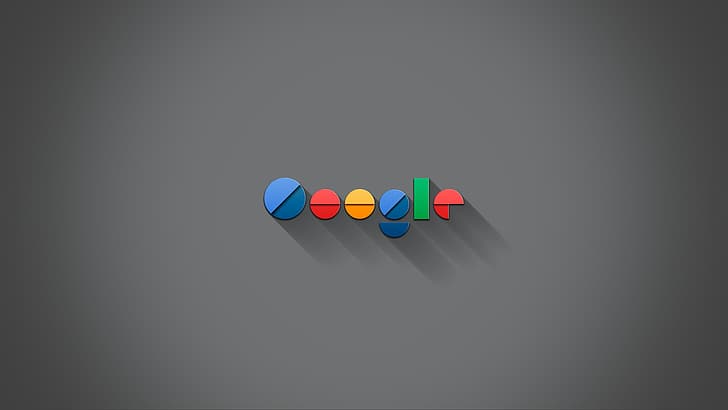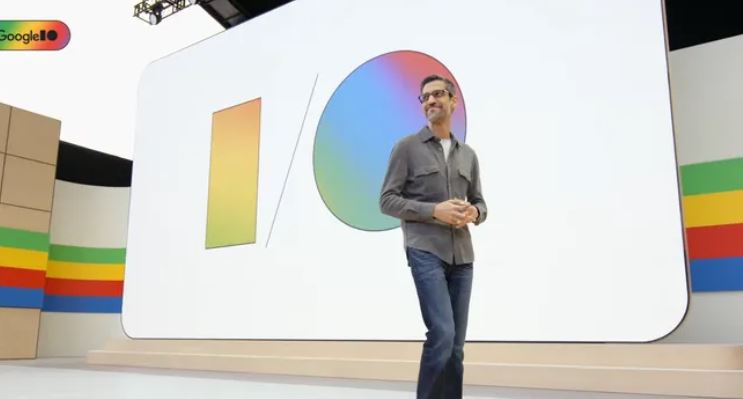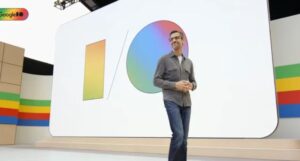
Google to Soon Flag AI-Generated Images in Search
September 19, 2024As AI-generated content continues to surge, Google is taking a step towards transparency by flagging AI-generated images in its search results later this year. With this update, Google aims to help users distinguish between real and AI-generated images, marking a significant shift in how we interact with visual content online.
Table of Contents
The Rise of AI-Generated Content

AI-generated images are becoming increasingly common, especially with tools like DALL·E, MidJourney, and others making it easy for users to create highly realistic visuals. While these tools offer creativity, they also present challenges in terms of misinformation and deepfakes. According to recent estimates, deepfake-related scams are projected to cause financial losses of over $40 billion by 2027. This staggering increase emphasizes the need for tools to identify AI-manipulated content.
Google’s AI Flagging System
Google’s new system will include a feature in the “About this image” window on platforms like Google Search, Google Lens, and Circle to Search (for Android users) to highlight when an image has been AI-generated or edited using AI tools. The goal is to help users easily recognize images that have been digitally altered by AI technology, promoting transparency and trust in online content.
This feature works through C2PA metadata, a technical standard developed by the Coalition for Content Provenance and Authenticity. C2PA allows Google to trace an image’s origins, identifying the equipment and software used to capture or create it. Several tech giants, including Google, Amazon, Microsoft, and Adobe, support this initiative, but C2PA’s standards have yet to see widespread adoption.
Challenges With C2PA Metadata
Despite its promising potential, C2PA metadata comes with some limitations. For instance, metadata can easily be removed or corrupted, making it difficult to verify an image’s true origin. Additionally, some popular AI tools like Flux, which powers xAI’s Grok chatbot, do not use C2PA metadata, further complicating Google’s task of flagging all AI-generated images.
This challenge means that while Google’s efforts mark a positive step toward addressing deepfakes, not all AI-generated images will be flagged, particularly if they originate from platforms that don’t comply with C2PA standards.
The Growing Concern Around Deepfakes

The decision to flag AI-generated images couldn’t come at a better time. According to surveys, a large percentage of people express concerns about AI’s ability to promote propaganda and spread misinformation. With deepfakes becoming more prevalent and realistic, the potential for deception grows exponentially.
Google’s initiative addresses a fundamental problem in today’s digital landscape: the difficulty of distinguishing between what’s real and what’s AI-generated. By adding this transparency feature, Google aims to help users make informed decisions when they encounter visual content online.
What’s Next for Google and AI Image Detection?
Google’s decision to flag AI-generated images is just the beginning. The company has hinted that it may extend these disclosures to other platforms, including YouTube, later this year. This gradual expansion would further establish transparency across Google’s ecosystem, potentially leading to more widespread adoption of C2PA standards by other platforms and companies.
However, Google’s efforts are only part of the solution. As AI technology continues to evolve, the lines between reality and digitally created content will blur even further. Users will need to remain vigilant and critical of the content they encounter online, especially in contexts where AI tools are heavily utilized.
How This Affects You
As a user, you’ll soon be able to see whether an image was created or edited using AI directly within Google Search. This will help you better understand the origins of the visual content you encounter, which is especially important as AI tools become more sophisticated. While this feature won’t catch every single AI-generated image, it marks a significant step towards transparency in the digital world.
Keep an eye on Google Search for this important update later this year, as it may soon become a vital tool in combating deepfakes and misinformation.






